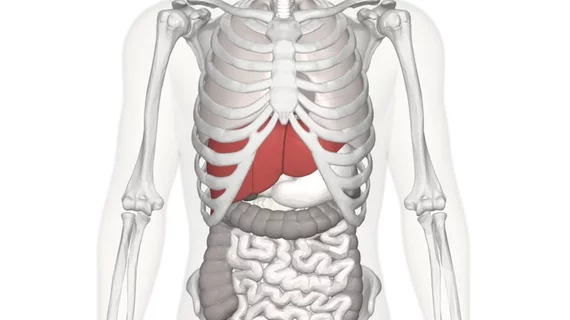Adding ancillary MRI features to LI-RADS treatment algorithm improves HCC care
Adding ancillary MRI features to the liver imaging reporting and data system treatment response algorithm improved radiologists’ ability to identify patients with hepatocellular carcinoma, according to a study published Tuesday.
Korean researchers tested the LI-RADS algorithm and a modified version in nearly 140 patients with liver cancer, sharing their findings in Radiology. Incorporating background features—such as hepatobiliary phase hypointensity and restricted diffusion—bolstered clinicians’ sensitivity to 84%, up from 76% when using conventional MRI.
“In the prediction of pathologic tumor viability in local-regional therapy–treated HCCs, the application of MRI ancillary features in category adjustment enabled more sensitive and unequivocal diagnosis, which could promote timely management, without a significant loss of specificity in comparison with the conventional enhancement pattern …,” Sungeun Park, with Seoul National University Medical Research Center, and colleagues wrote.
Park et al. made their determinations by retrospectively analyzing 138 patients with HCCs treated with local-regional therapy, followed by surgical resection or liver transplant between January 2014 and December 2017. Each also underwent both CT and gadoxetic acid-enhanced MRI. Three radiologists determined treatment response categories bases on consensus readings.
Overall, three ancillary features—HBP hypointensity, restricted diffusion, and intermediate hyperintensity on T2-weighted images—improved readers’ sensitivities in spotting potentially cancerous tumors (81%, 79%, and 83%, respectively).
In an accompanying editorial, Richard K. Do, MD, PhD, of Memorial Sloan-Kettering Cancer Center, and Michigan Medicine radiologist Mishal Mendiratta-Lala, MD, both wrote that ancillary features can help clinicians move away from uncertainty in diagnosing HCC tumors.
The MRI additions will require further validation in patients with different causes and degrees of cirrhosis and fibrosis, but the findings are a positive step forward.
“A significant increase in sensitivity without sacrificing specificity and substantial reductions in the use of the LR-TR equivocal category via use of ancillary features on gadoxetic acid–enhanced MRI scans will be welcome by radiologists and treating physicians alike,” the pair concluded.

